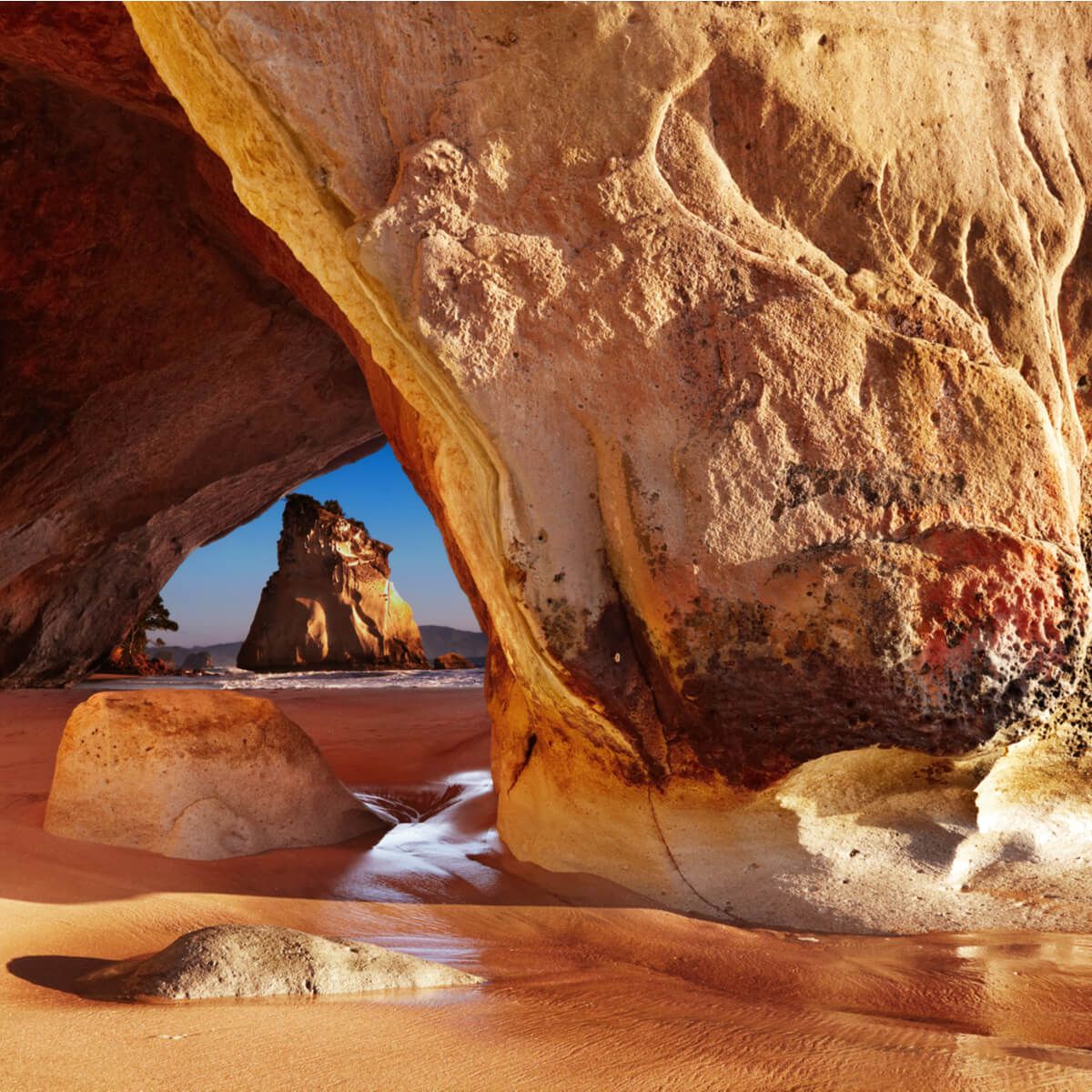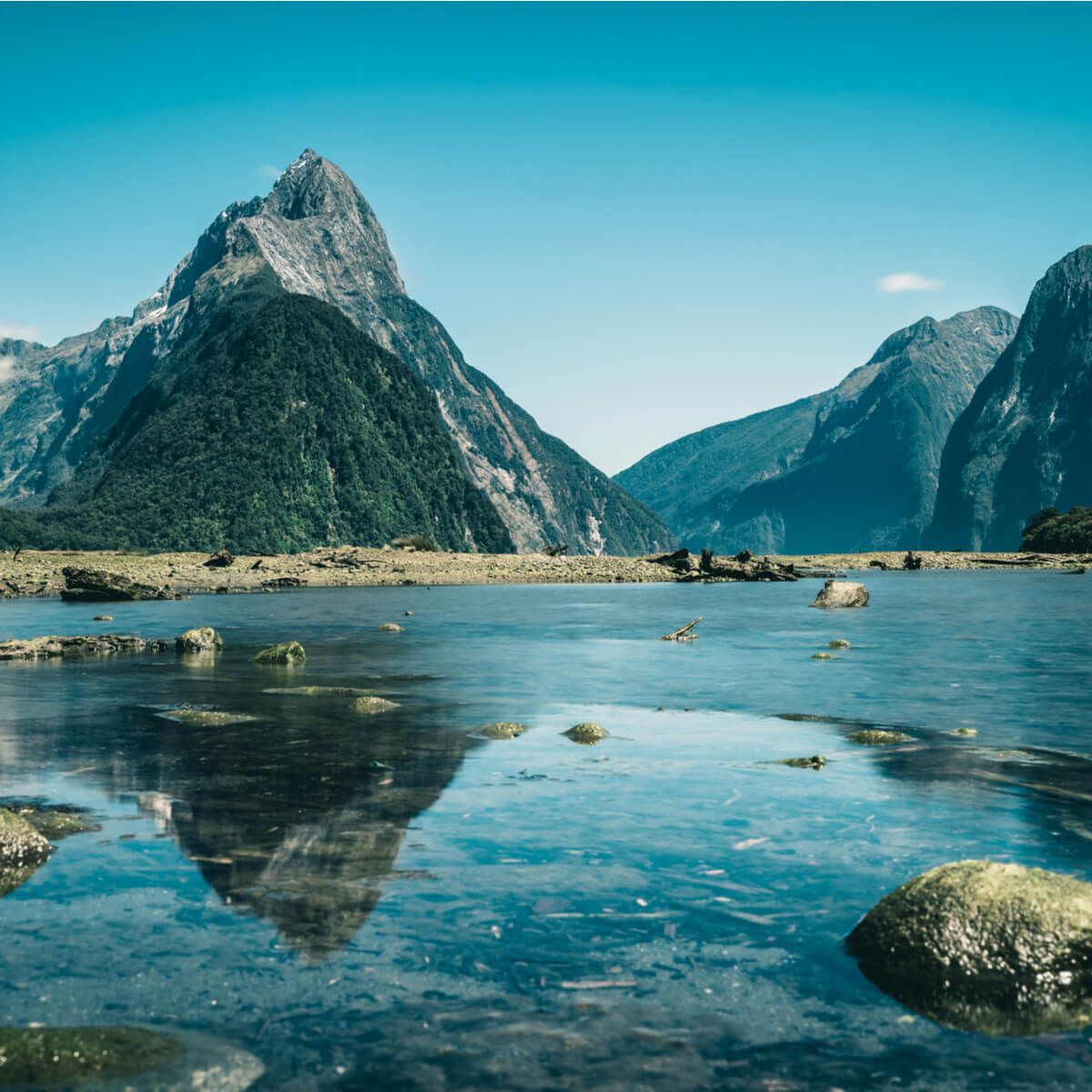Five Facts About Life in Canada for International Physicians
Canada ranks highly in global expatriate surveys, favoured for personal happiness, health and wellbeing, safety, digital life, quality of the environment, ease of settling in, personal finance and career prospects. Here are some facts you should consider about working as a physician and living in Canada.
1: The Vastness, Second Largest Country of the World
Canada is a huge country. Its sheer vastness and the diversity of its landscapes and geography comes as a shock to many people, immediately impacting perspectives on distance, travel, nature and culture. Canada is the second largest country in the world in terms of total area (second only to Russia), although not in population size or landmass. The country measures almost ten million square kilometres (3.85 million square miles), over 40 times the size of the United Kingdom, to put it into perspective.
Canada has the world's largest area of fresh water lakes and vast maritime terrain, with the world's longest coastline of 243,042 kilometres. It would take an astounding four years to walk the coastline of Canada, should you wish to undertake that challenge!
Canada's huge area of forests, lakes, mountains, plains and tundras are merged into ten provinces and three territories, defined by the Atlantic Ocean in the east, the Pacific Ocean in the west and the Arctic ocean in the north. Its southern and western border with the United States, stretching 8,891 kilometres (5,525 mi), is the world's longest binational land border.
Travel
Unlike travel in Europe and Asia, travel between cities and provinces in Canada necessitates time consuming vast journeys by road, rail or air, often disrupted by inclement weather. Canadians have a different sense of distance to most peoples. A ‘short drive’ could be up to five hours! A relative sense of physical isolation is a feature of existence in Canada, particularly outside the major urban areas.
As illustrations of the sheer scale of Canada, the city of St John’s in Newfoundland (Atlantic coast) is actually closer to London than it is to Vancouver, British Columbia (Pacific coast) and Wood Buffalo National Park is bigger than the Netherlands.
Geography
Geographically Canada is divided into physiographic regions:
- Lakes: Great Lakes-St. Lawrence Lowlands, Hudson Bay Lowlands, Arctic Archipelago. Canada has about 2 million lakes, 20% of the world's total including the giant Lake Superior. The Great Lakes feed the St. Lawrence River (in the southeast) where the lowlands host much of Canada's economic output.
- Mountains: Appalachian region (east) and the Western Cordillera (west)
- Plains: the interior plains including the Canadian Shield (Laurentian Plateau), The Tundra of Artic and Sub Artic regions
Boreal forests prevail throughout the country, ice is prominent in northern Arctic regions and through the Rocky Mountains, and the relatively flat Canadian Prairies in the southwest facilitate productive agriculture.
Wild Animals
The beaver is Canada’s national mascot and was given official status as an emblem of Canada when an Act to provide for the recognition of the beaver (castor canadensis) as a symbol of the sovereignty of Canada received royal assent on March 24, 1975. However, the beaver was a part of the Canadian identity long before Parliament passed the National Symbol of Canada Act.
With the arrival of European settlers, the beaver became the country’s main profit-making attraction. In the late 1600s and early 1700s, the fashion of the day demanded fur hats, which needed beaver pelts. As these hats became more popular, the demand for the pelts grew. Sir Sandford Fleming featured the beaver on the first Canadian postage stamp.
Despite all this recognition, the beaver was close to extinction by the mid-19th century. There were an estimated 6 million beavers in Canada before the start of the fur trade. During its peak, 100,000 pelts were being shipped to Europe each year; the Canadian beaver was in danger of being wiped out. Today, thanks to conservation, the beaver is alive and well all over the country.
Moose are found in Canadian forests from the Alaska boundary to the eastern tip of Newfoundland and Labrador. It is estimated that there are between 500 000 and 1 million moose in Canada. Since the beginning of settlement in Canada there have been considerable shifts in the distribution of moose.
A bull moose in full spread of antlers is the most imposing beast in North America. It stands taller at the shoulder than the largest saddle horse. Big bulls weigh up to 600 kg in most of Canada; the giant Alaska-Yukon subspecies weighs as much as 800 kg. In fact, the moose is the largest member of the deer family, whose North American members also include elk (wapiti), white-tailed deer, mule deer, and caribou.
A moose normally weighs between 350-450kg (depending on gender) and can behave with aggression towards humans. Moose like to wander and cross roads and pose a serious and persistent danger to drivers. Moose-vehicle collisions can be very serious, so you will see lots of warning signs on Canadian roads. The province of Newfoundland and Labrador recommended that motorists use caution driving between dusk and dawn because that is when moose are most active and most difficult to see, increasing the risk of collisions. The beavers can also be troublesome attacking dogs, biting hands, flooding roads and just generally causing havoc.
In addition to the moose and beaver, Canada is home to four types of bears; the polar bear, the black bear, the kermode (Spirit)bear and the grizzly bear. The American black bear is the world’s most common bear species and the most widely-distributed bear species in North America. Black bears primarily live in forests, although they are frequently attracted to human communities thanks to the ready availability of food. They possess short, sharp, curved claws that assist with climbing trees, which they do to escape predators, find food, and sleep. Black bears do not tend to go near humans unless they are actually starving. They are great tree-climbers and there are about 500,000 of them across the country.
The Kermode bear, or “Spirit Bear,” is actually a subspecies of the American black bear primarily found in the Central and North Coast regions of British Columbia. Grizzly bears are much bigger (about seven feet tall when standing), so they cannot climb trees but they can run at speeds over 30 mph. Numbering around 20,000, grizzlies are much more likely to attack humans than their smaller black brothers.
Finally, there are about 17,000 polar bears in Canada, which is about 70% of the entire global population. Ice cold, these bears need no invitation to attack you. Residents of Churchill, Manitoba actually leave their car doors unlocked in case someone needs shelter.
2: The Climate, Cold Snowy Winters, Short Summers
Because of its great latitudinal extent, Canada has a wide variety of climates. Ocean currents play an important role, with both the warm waters of the Gulf Stream in the Atlantic and the Alaska Current in the Pacific affecting climate. Inland, the Great Lakes moderate the weather in both southern Ontario and Quebec. In the east the cold Labrador Current meets the Gulf Stream along the coast of Newfoundland and Labrador, cooling the air and causing frequent fog. In Newfoundland temperatures range from summer averages of 20°C, to winter temperatures of -9°C.
The northern two-thirds of the country has a climate similar to that of northern Scandinavia, with very cold winters and short, cool summers. The central southern area of the interior plains has a typical continental climate; very cold winters and hot summers.
Southern Ontario and Quebec have a climate with hot, humid summers and cold, snowy winters, similar to that of some portions of the American Midwest. Except for the west coast, all of Canada has a winter season with average temperatures below freezing and with continuous snow cover.
In winter, vast parts of the country can dip as low as -30°C or -40°C, with severe wind chill which makes going outside fairly unenjoyable. The coldest temperature ever recorded in North America was in Yukon, Canada in 1947 at -63°C, which is literally the same as the surface temperature of Mars.
3: Demographics, 90% Population Close to USA Border
Canada's population is just over 38.5 million, comprising about 0.5% of the world's total, making it the 37th largest country in the world by population. By total area, Canada is the second largest country in the world, so the vast majority of the country is sparsely inhabited, with most of its population south of the 55th parallel north. Just over 60 percent of Canadians live in just two provinces: Ontario and Quebec.
Canada's capital city is Ottawa, in the province of Ontario. Its largest metropolitan areas (the only ones with more than one million people) are
- Toronto (Ontario) 5.7 Million
- Montreal (Quebec) 3.7 Million
- Vancouver (British Columbia) 2.5 Million
- Calgary (Alberta) 1.3 Million
- Edmonton (Alberta) 1.2 Million
- Ottawa (Ontario) 1.2 Million
Toronto, Montreal, Ottawa and Quebec City are located on the St Lawrence River in the provinces of Ottawa and Quebec, which host most of the economic output. Although Canada's overall population density is low, many regions in the south, such as the Quebec City–Windsor Corridor, have population densities higher than several European countries.
90% of Canada's population lives within 150 miles of the US border.
4: Diverse Culture, What is Canadian Identity?
Canada's large geographic size, the presence of a significant number of indigenous peoples, the conquest of one European linguistic population by another and relatively open immigration policy have led to an extremely diverse society. As a result, the issue of Canadian identity remains under scrutiny.
At the time of the country’s first census, in 1871, about half the population was of British ancestry and nearly one-third was of French ancestry. Since that time the proportion of Canadians of British and French ancestry has dropped to about one-fourth each, as fewer people have immigrated from the United Kingdom and France and considerably more have arrived from other countries in Europe as well as in Asia, Africa, and Latin America and the Caribbean. Because immigrant groups have tended to settle in particular locales, they generally have retained their cultural identity.
For example, Ukrainians largely migrated to the Prairie Provinces, where the land and climate were similar to those of their homeland, and many Dutch settled on the flat fertile farmland of southwestern Ontario, where they practiced fruit and vegetable growing as they had done in the Netherlands. Many Chinese, Portuguese, Greeks, and Italians have settled in specific sections of large cities, particularly Toronto, Montreal, and Vancouver.
The mix of ethnic groups differs greatly from province to province. The proportion of people claiming ancestry from the British Isles ranges from about two-thirds in Newfoundland and Labrador to less than 5 percent in Quebec; the proportion of people of French descent ranges from a majority in Quebec to less than 2 percent in Alberta, British Columbia, Newfoundland and Labrador, the Northwest Territories, and Saskatchewan. More than one-third of Canadians identify themselves as being of mixed, or “multiple,” origins.
Some one million people in Canada now identify themselves as First Nations people, Métis (of mixed European and First Nations ancestry), or Inuit; of this number, more than three-fifths are First Nations people, nearly one-third Métis, and most of the remainder Inuit. Together they constitute less than 5 percent of Canada’s total population, though Indigenous peoples constitute half the population of the Northwest Territories and a considerably greater proportion of the population of Nunavut.
5: Language, Two Official Languages
Canada’s constitution established both English and French as official languages. However, English is dominant throughout most of the country; only one province, New Brunswick, is officially bilingual, and French is the official provincial language only in Quebec, where French is the first language of four-fifths of the population.
Between one-half and three-fifths of Canadians speak English as their first language, while about one-fifth identify French as their primary tongue. The mother tongue of more than one-fifth of Canadians is a language other than English or French; most speak another European language (notably Italian or German), but the largest immigrant group speaks Chinese, reflecting the growth in Chinese immigration since the 1980s.
Inuktitut, the language of the Inuit, has a number of variations. Cree is the most common of the Indigenous language.
Working as a Physician in Canada
Canada has opportunities for trained specialists and family physicians. If you are interested in working as a physician in Canada, please
contact us or
register your CV and
browse advertised jobs for family physicians and specialist physicians.
You may find these articles helpful:
- professional registration for international medical graduates in Canada
- IMG guide to the MCCQE 1 exam
- Guide to registration as a specialist physician in Canada
- Guide to registration as a family physician in Canada
Share this post on Social Media
Leave a Comment
SEARCH JOBS
Ready for a change? Whether you’re looking for higher compensation, greater autonomy, a better work-life balance, or just a change in scenery, we have job opportunities in wonderful locations across the world. Start your medical or dental job search today and embark on your next career move.
SIGN UP FOR JOB ALERTS
We believe everyone deserves to find their dream job. Be the first to hear about new practice opportunities in exciting locations across the world Simply sign up for job alerts in your chosen field, and we will email you when a new job in your specialty becomes available.
More Insights












